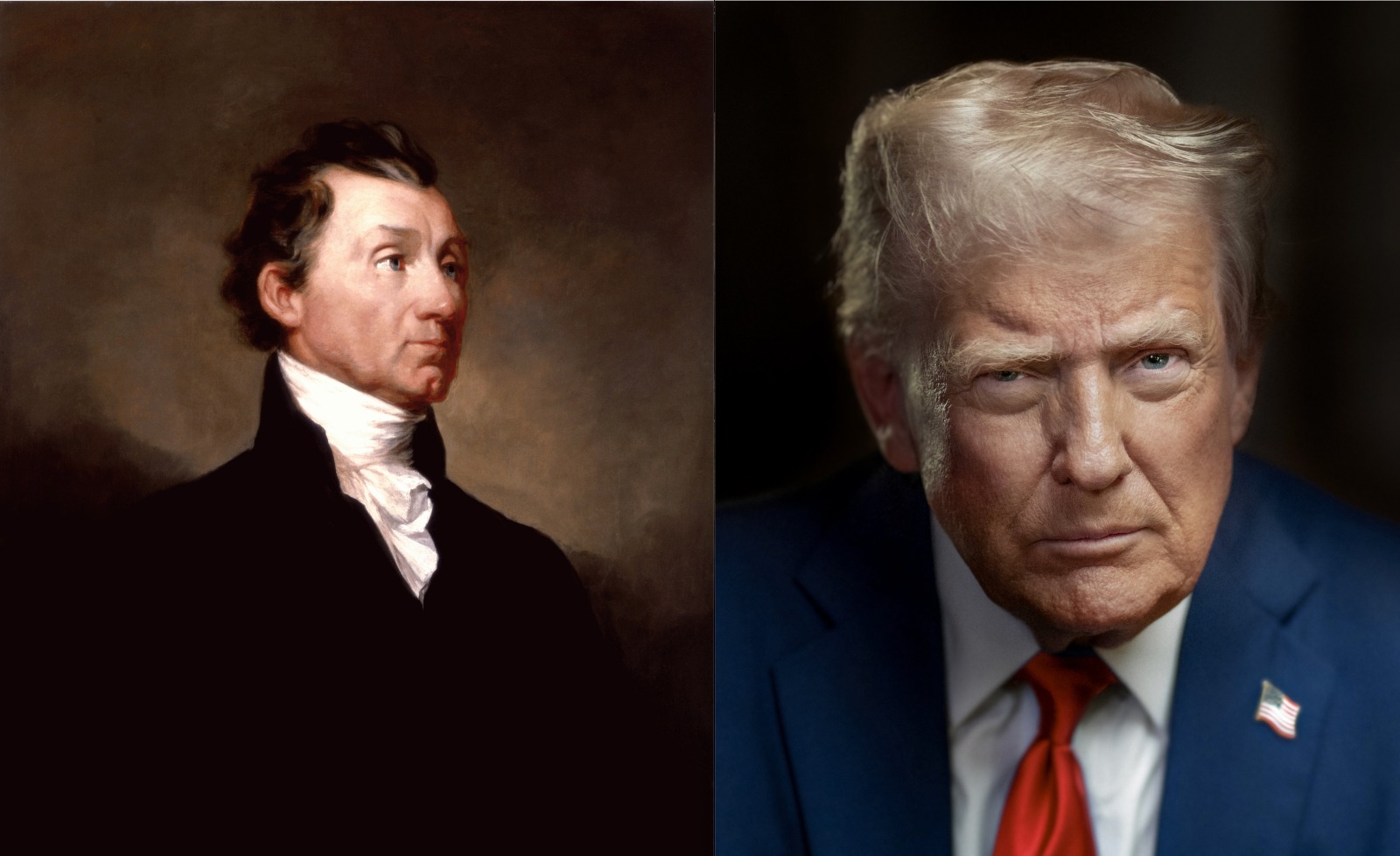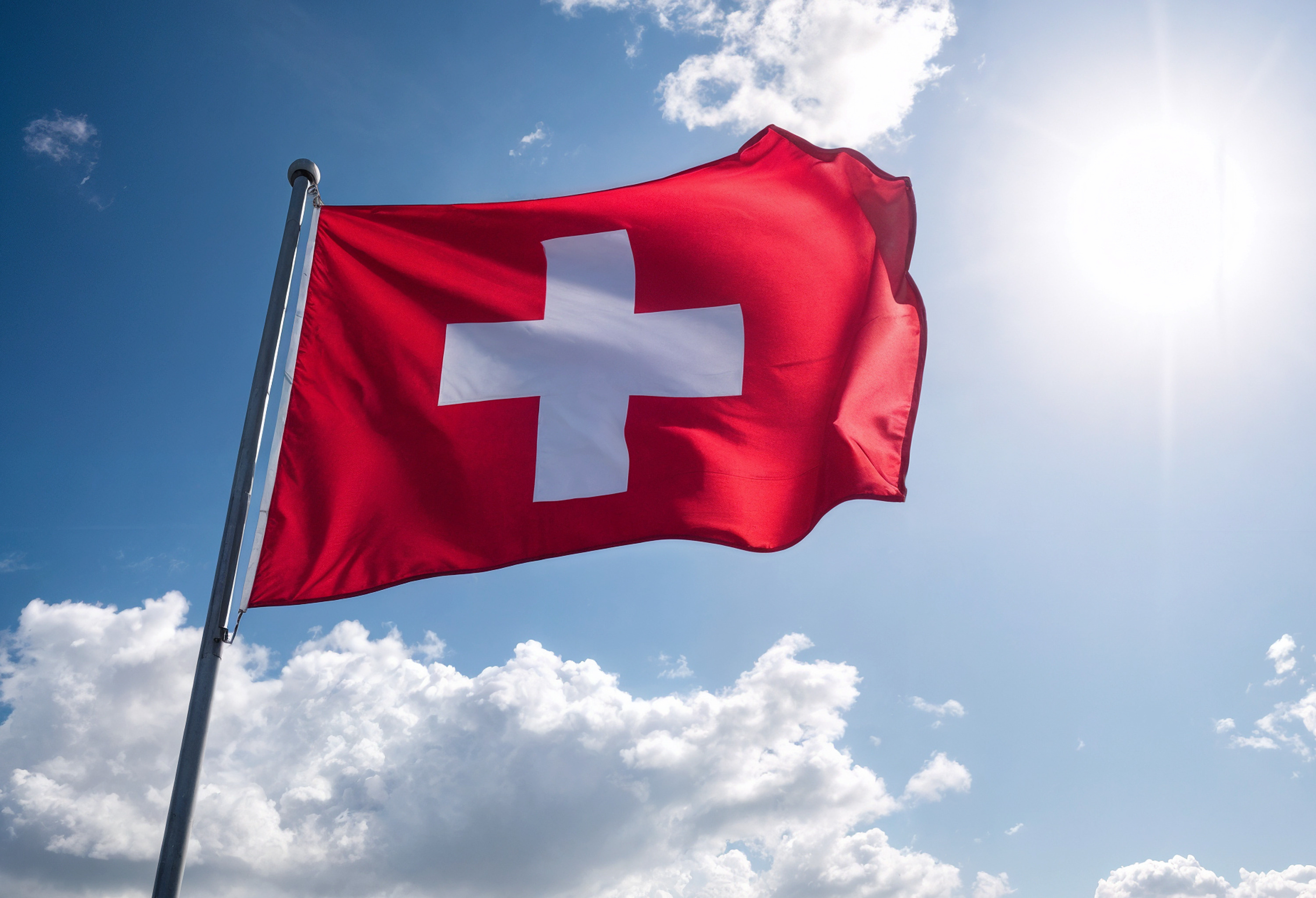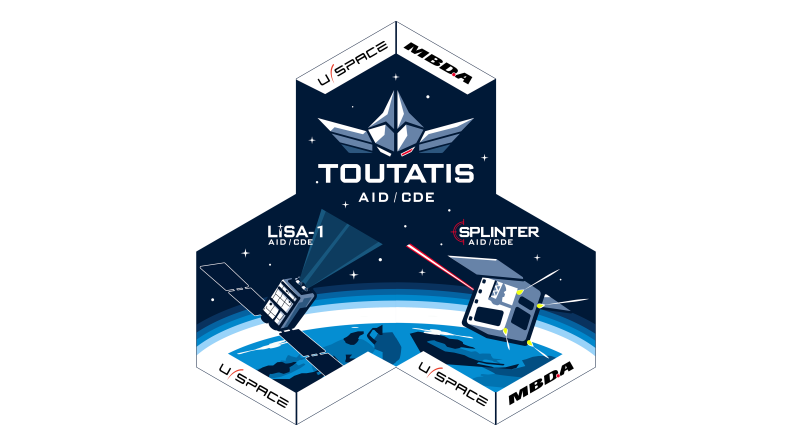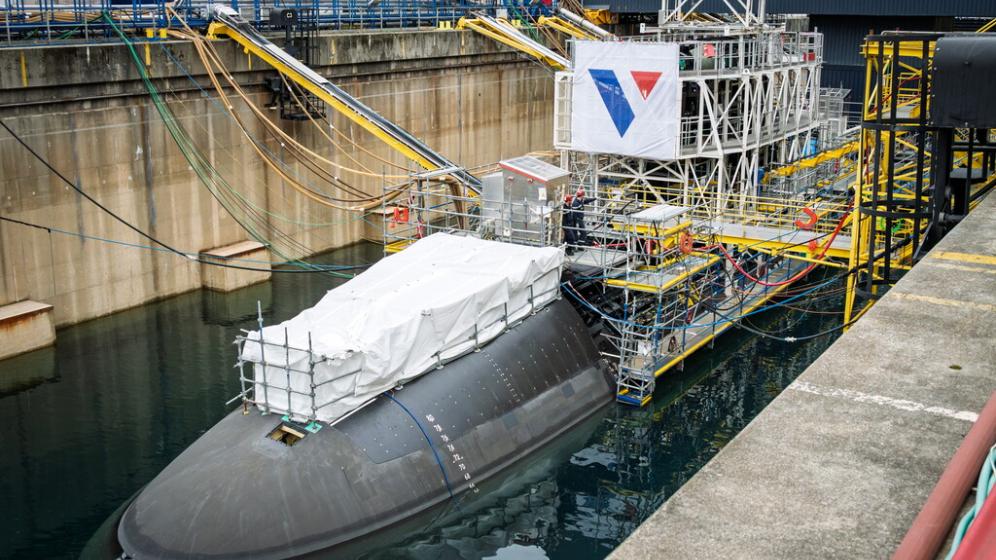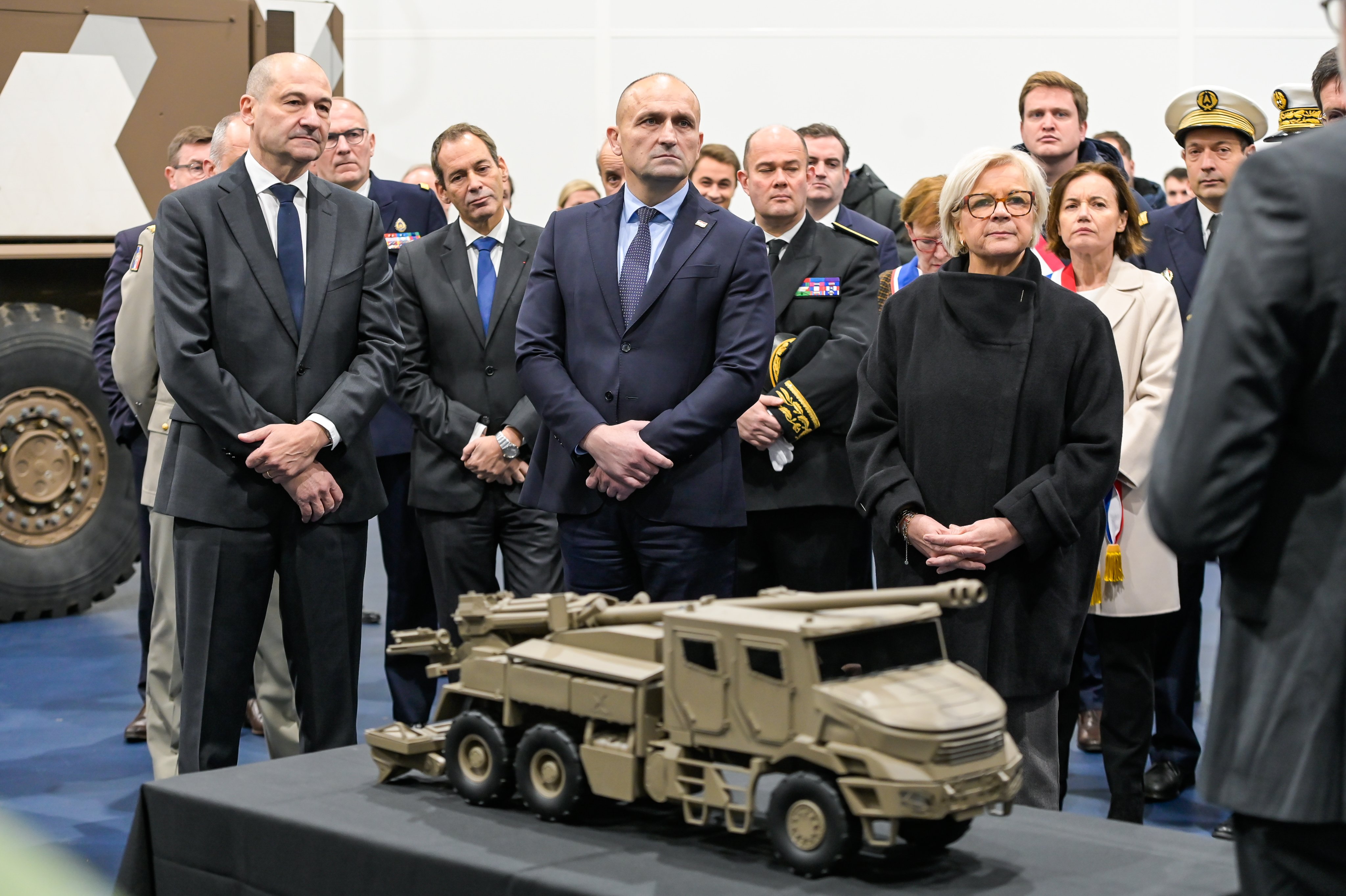Edition anglaise
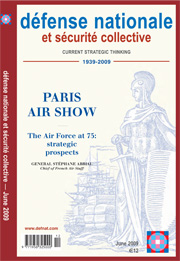
June 2009 - n° 720
The Air Force at 75: strategic prospects - Stéphane Abrial
The Air Force is celebrating its 75th anniversary. Drawing on its past experience and faithful to its established values, it is today investing a lot of effort in many fields. Firstly, operations in Asia, Africa and at home. Next, reform of the Ministry, with a reduced format, which means giving a high priority to its policy on human resources. And finally the modernisation of its equipment, with the Rafale achieving F3 standard, robotization and the phasing out of the C-160 fleet.
Human resources: what profile for tomorrow's Air Force? - Joël Martel
Responding to a major shift in their references and a new emerging balance, aviators have been able to rely on the time-honoured values of their service and are on course towards the assigned objective: a 50,000-strong Air Force, focused on its core trade—aeronautical expertise—and committed to operating in the joint and inter-allied dimensions. To fulfil its missions, the Air Force will, more than ever, put the emphasis on its human resources policy: it must personalize management and nurture the cohesion of the aeronautical military community, as well as making sure that it hands down its most precious legacy: service ethos and identity.
Aerospace in Euro-Atlantic relations - Patrick Rousiers (de)
Increasingly, pragmatic partnership among Europeans is a widely shared aim, because it backs up a common perception of the risks facing us and helps optimise European defence capabilities. Here, European aerospace means have a special role to play; with much experience of cooperation developed within NATO and ESDP, they can, and want to, go further.
The operational use of aerospace power—the shape of things to come - Gilles Desclaux
France today has air and space capabilities that correspond to the needs of its political leaders. Their use helps fulfil the ‘knowledge and anticipation’ function listed in the White Paper and gives them a central role in operations. And in conjunction with command and control (C2) systems that promise much greater military effectiveness it gives the Air Force the ability to carry out the full range of aerospace operations, in particular guaranteeing national sovereignty, something that very few air forces can do.
Airlift for force projection, a mission in the thick of combat operations - Jean-Pierre Martin, Thierry Caspar-Fille-Lambie
Projection by air, which is essential for force engagement, permits a full range of actions through its flexibility and responsiveness. The aircraft used assist in logistic support, but can also be engaged directly in the tactical battle. The A400M, a strategic assault aircraft, will form the centrepiece of France’s projection capability. With tomorrow’s likely challenges it seems an essential asset if we are to preserve our tactical capability
Helicopters in the Air Force - Patrick Rousseau
For inserting or recovering troops, giving fire support or casualty evacuation, since the intervention in Afghanistan began helicopters have again occupied an important place in operations. Newly developed technologies have permitted the optimised use of helicopters in the Air Force. Lessons learned from operations, together with joint training, have given a central role to helicopters in the Air Force, and also recently in the Army.
UAV's in Afghanistan: the necessary complementarity of vectors - Jean-Paul Palomeros, François-Pierre Joly
Technological tools par excellence, operational UAVs have redefined the way operations are conducted. This article, a brief survey of the UAVs used in Afghanistan by the French Army, indicates how necessary they will be in future as well as present conflicts.
New trends in defence aerospace - Laurent Collet-Billon
2009: a great year for aerospace. The Paris Air Show will celebrate its centenary, but we also celebrate the 40th anniversary of Concorde’s maiden flight, and the first moonwalk. And we should not forget that it was just a century ago that Louis Blériot flew across the Channel for the first time. These anniversaries fall in a difficult context of crisis and a major overhaul of defence in France, set out in the White Paper on defence and national security. Its guidance, stated in the defence spending programme voted this spring, gives the main orientations of defence in the next 15 years, in particular concerning equipment, procurement strategy and industrial policy.
The Rafale, a multi-purpose aircraft - Jean-Paul Palomeros, Jacques Launay
The F3-standard certification achieved by the Rafale on 1 July 2008 marked the end of the development of the latest French fighter aircraft, which made its maiden flight more than 20 years ago. Despite bitter criticism, the Rafale demonstrated its inherent qualities and well-suited technological options during its first operational engagements, illustrating in many ways that it fully lives up to its fourth-generation multi-purpose fighter status. As the first aircraft was intended from its design to operate from land or aircraft carriers, it epitomizes French know-how and as such stands as an instrument of sovereignty.
A new lease of life for military space in France and Europe - Jean-Paul Granier
The appearance of new threats calls for greater knowledge and anticipation capabilities. The use of space can clearly help in this, in particular by supplying autonomous evaluation and by contributing in a more decisive way to the planning and execution of operations. So we should look again at space as an environment, and gain a sound knowledge of the industrial scene and services that will condition the military ability to gain access to applications under the best operational conditions.
The decade ahead: toward a cooperative and collaborative Global Community of Airmen - Norton A. Schwartz
Airmen the world over share a common aim: to advocate their profession and to overcome the challenges of the future. Cooperation within the global aviation community will allow us to better share our experiences, ideas and concepts so as to build trust, improve safety and enhance the promotion of air capabilities.
Rafale—The right answer to air forces' needs - Richard Wilmot-Roussel
At a time when the export of Dassault Aviation’s aircraft is being talked about again, the Rafale appears to be unquestionably the right answer to air forces’ requirements. Fitted with constantly evolving equipments, the aircraft represents a universal response to the different problems of interception, deterrence and support that France has to deal with.
The White Paper and UAV's - Jacques Petit
The MALE UAV system Harfang is currently operated in Afghanistan by the French Air Force. The White Paper, published by the French government in July 2008, defines a strategy of national security, including a defence policy but also those of interior and civil securities; the strategic function of knowledge and anticipation, held up as a priority, ensures the strategic initiative. Which long endurance UAV system, whose delivery is envisaged in the next decade, corresponds to the national security policy set out in the White Paper?
The argument for a military Space Command - Jean-Daniel Testé
The leading European country when it comes to the use of space for defence purposes, France is to set up a specific command to deal with highly strategic domain. Several attempts to do this in the past failed, for a number of reasons, and the difficulties to overcome are just the same today. Success this time will depend essentially on will, determination and persistence on the part of higher command to motivate active cooperation by all the bodies concerned.
The digitization of armed forces: more 'jointery' and interoperability - Pascale Sourisse
Recent developments in the political and military contexts are creating an unavoidable drive towards greater ‘jointery’ and interoperability of forces. That translates into greater digitization of the battlespace. Industry, at the heart of this process, has a major role to play in it by providing support to forces and to the national defence procurement agencies.
Air-land engagement: new tools, new strategies - Patrick Michon
In this article the author presents the contribution made by the latest high-tech equipments to the air-land battle: UAVs (Sperwer), infantry communications (FELIN and its Battle Management System) and the AASM modular air-to-ground weapon, all of which are interoperable.
Strenght, power and energy: in search of a new order - Frédéric Sternenberg
In international relations, the criteria of power are customarily presented as a question of numbers, mass, surface area, economy, diplomatic alliances, military might and so on. However, beyond this inventory of ways and means, the essential element is to be found in the meaning accorded to identity and purpose. This is not to propose a corrected version of the inventory, rather to draw attention to the relativity of traditional factors. To gauge capabilities it is not enough to draw up a framework or sketch a format: power lies more in renewed ambition and shared aims: alongside an organised and armed entity, there must already exist a shared sense of purpose, directed to a common destiny. Read more
Should we abandon nuclear deterrence - Luc Savoyant
There is still today in France broad consensus on the nation’s nuclear deterrence, even though the conditions prevailing when it was created have changed profoundly. Given the major risk of proliferation today, France could play an important card by suggesting a disarmament process that includes the complete abandonment of nuclear deterrence.


